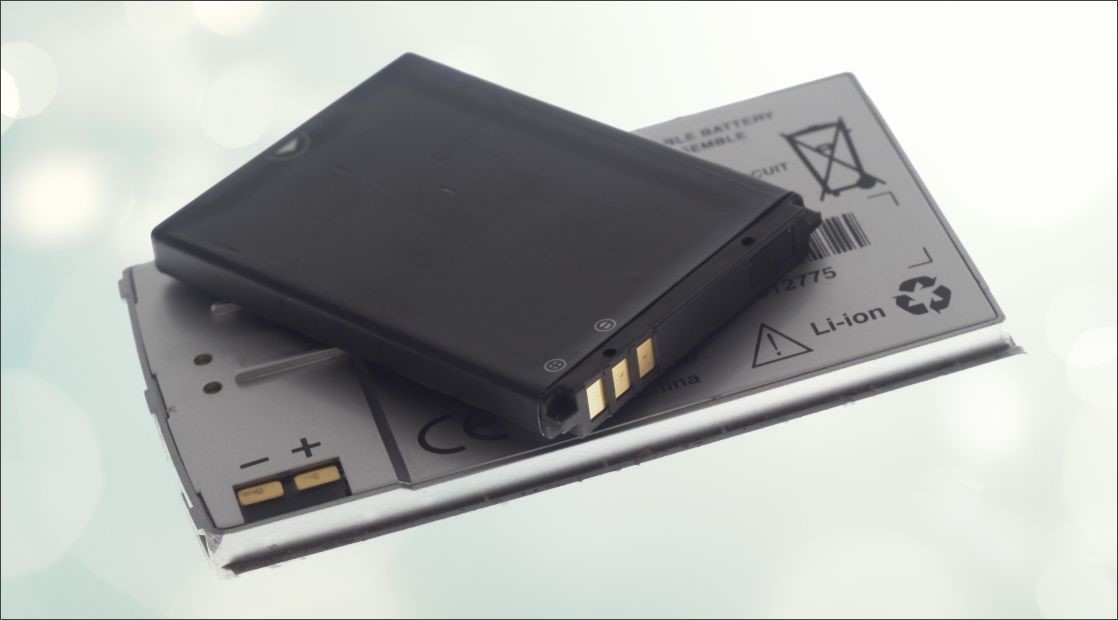
How do lithium-ion batteries work?
 Most phones use lithium-ion batteries these days, because they provide the best capacity/size ratio. It's true that the technology is far from being perfect. Due to the flammable electrolytes, some of these power sources may explode every now and then, but we haven't got a better alternative, at least not for now. I promise to write an article that highlights future battery technologies within the next few months, though.
Most phones use lithium-ion batteries these days, because they provide the best capacity/size ratio. It's true that the technology is far from being perfect. Due to the flammable electrolytes, some of these power sources may explode every now and then, but we haven't got a better alternative, at least not for now. I promise to write an article that highlights future battery technologies within the next few months, though.
Lithium-ion batteries, aka LIB, were invented in the 1970s. However, the materials that were needed for the electrodes (titanium sulfide and lithium metal) were way too expensive, and the damaged batteries produced several substances that were toxic for animals. Sony was the first company to release a commercial battery of this type back in 1991; you can find out more about that breakthrough here. The technology took off quickly after that, and battery manufacturers produce billions of cylindrical lithium-ion cells each year.
As mentioned above, lithium-ion batteries have a high energy density, allowing manufacturers to create tiny batteries that can be incorporated into thin smartphones. Also, unlike other types of batteries, they don't have a memory effect, which can be observed in all NiCad and NiMH accumulators, making them lose their charging capacity if they are recharged before being fully discharged. More than this, lithium-ion batteries have very low self-discharge currents, and this feature increases their life a lot.
Any smartphone battery is in fact a small deposit of chemical energy. Due to an internal chemical reaction, lithium ions are transferred from the negative to the positive end of the battery by traveling through an electrolyte, an electrically conducting solution. The process repeats until all the ions in the battery are transferred to its positive end, also known as battery anode, which is often made of graphite. When this happens, the battery is fully discharged.
To charge a battery, we need to connect it to a power source. When this happens, ions start to move from the positive battery electrode towards the negative electrode. The battery is fully charged when all the ions have moved back to the negative end, aka cathode.
Batteries that have cathodes which are made out of LiCoO2 have higher energy densities, but they can present serious safety risks when they are damaged accidentally or are exposed to high temperatures and/or overcharging. Other manufacturers use LFP cathodes, which have a smaller capacity, but offer a much longer battery life. In this case, the resulting batteries are bigger, and their production costs are higher.
The electrolyte is a mixture of organic carbonates; most battery makers use a lithium salt in an organic solvent.
No matter the technology, each charging/discharging cycle will reduce the life of your battery. As the cells age, their capacity starts to decrease; the inner components can't store the same amount of energy as they did in the past.
There is a simple explanation for this process: as the lithium ions move back and forth, some of them get stuck and create thin layers on the electrodes, increasing the internal resistance of the battery, and thus reducing the value of the current that can flow through the phone's circuits. The process becomes more and more obvious as the internal resistance grows.
Lithium-ion battery manufacturers are constantly trying to find ways to increase battery life, energy density and charging speeds, while improving safety. Aqueous lithium-ion batteries look very promising, because they use a concentrated saline solution for their electrolytes, reducing the risk of explosion.

 Most phones use lithium-ion batteries these days, because they provide the best capacity/size ratio. It's true that the technology is far from being perfect. Due to the flammable electrolytes, some of these power sources may explode every now and then, but we haven't got a better alternative, at least not for now. I promise to write an article that highlights future battery technologies within the next few months, though.
Most phones use lithium-ion batteries these days, because they provide the best capacity/size ratio. It's true that the technology is far from being perfect. Due to the flammable electrolytes, some of these power sources may explode every now and then, but we haven't got a better alternative, at least not for now. I promise to write an article that highlights future battery technologies within the next few months, though.